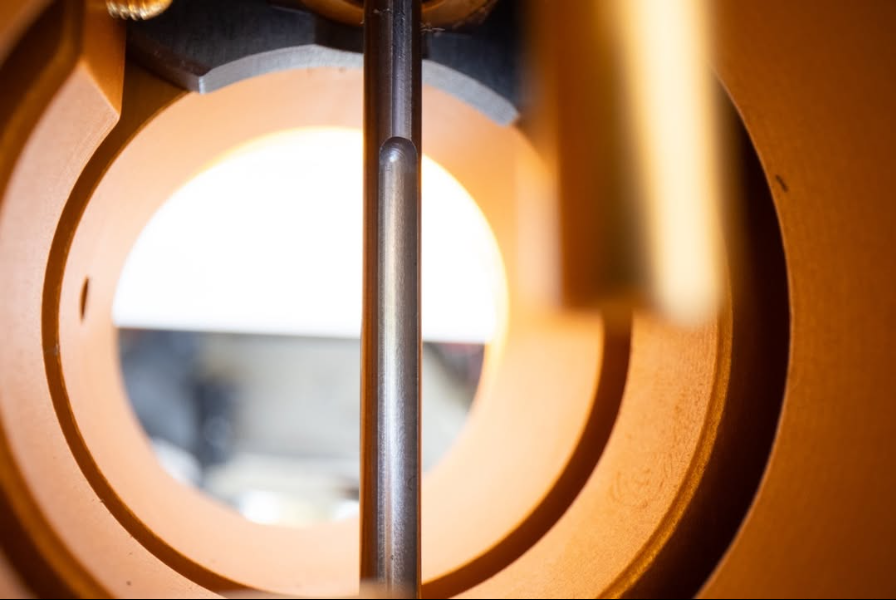i have an older 2001 DRZ 400 with a large aftermarket fuel tank and a yoshimura exhaust, with the air box opened up for fun, elevation doesn't affect 4-strokes as much but when i i can go from 100' to 4000' in a day of riding its something to considerinstallation was very easy considering that its smaller than a flat side pumper carb, and the bike ran right away, it was a little rich at the start but like any new carburetor it needed to be tuned to my bike and thats where the big difference for me was.the process of tuning my old carburetor took about 2-3 hours to make a change depending on how much of a struggle the intake boot would be, i would have to take off the seat and fuel tank, part of my luggage rack, and exhaust brackets ao i could move the sub-frame te get enough room to get the old carb out of the bike and get the the jets in the float bowl (to spare you the details i couldn't simply rotate my old carb to get access, it HAD to come off), and that was for every adjustment, the old carb was too close to the starter to even get to the air mix screw, it was not fun.now onto the Lectron, i needed the remote choke for my bike due to the larger fuel tank, if your wondering if you need one for your bike just go over it and see if you can easily reach the top of your carb, if you can then you probably dont need it, lectron doesnt list a remote choke for my carb but the sales team contacted me quickly and we worked it out, (it works great BTW), i didn't end up using any of the brackets they sent and isted just tuck it behind the frame.tuning, the important subject here, it couldn't be easier with the lectron, i dont even need to get off the bike to make the small adjustments, i just pull off to the side of the road, give a knob a little twist and im back back on the road again literally 5 seconds, and when i had to do a "major" adjustment i just pulled the tank off (i only need to because of my aftermarket one im sure with a stock tank i woulnt even need to do that) loosen the carb boots so i can rotate the carb and thanks to the easy tune kit i bought with the carb i dont need any more tools to pop off the slide cap, adjust the metering rod and put it back together, its a 30 minute job for a "major" adjustment, and thats only because of my aftermarket fuel tank, if it were a stock one im sure it would be 5 mins tops.in the end if your racing your dirt bike and want every last possible ounce of performance and have hours or days to kill, a shop to work on it in not to mention all the different jets you might need to tune it, then a pumper carb might be for you, but if your like me and just want to go have fun on your bike get a lectron it took 1 day to install and tune and im good to go.




